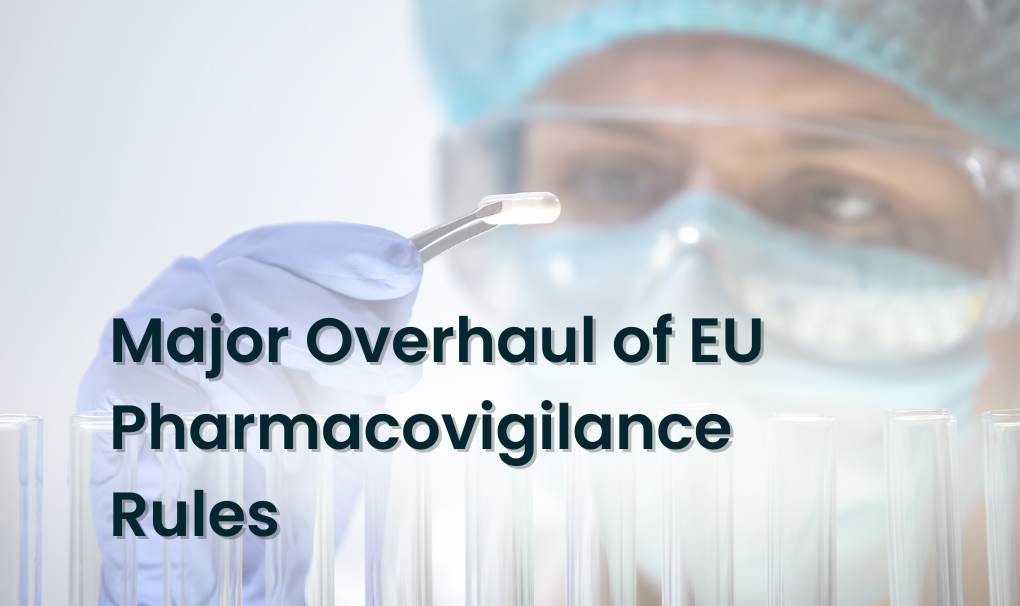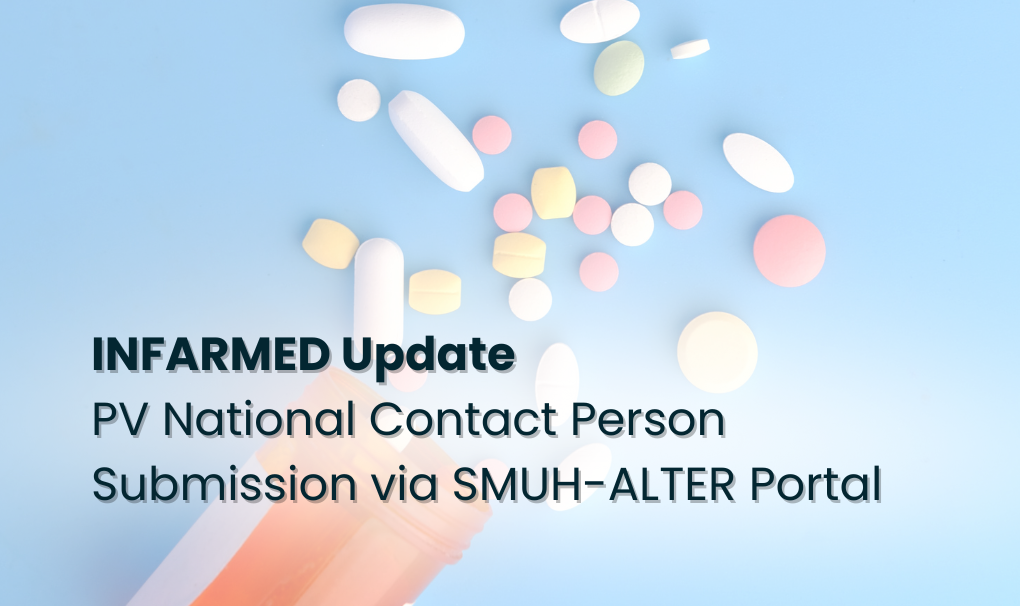The European Commission has adopted Implementing Regulation (EU) 2025/14661, which significantly amends the pharmacovigilance framework established by Regulation (EU) Nº 520/20122. The revision aims to streamline administrative processes, reinforce oversight of subcontracted activities, and align EU practices with international standards in drug safety monitoring.
The Regulation will apply from 12 February 2026, except for provisions on Eudravigilance signal monitoring which will already apply on 12 August 2025.
Overview of Key Regulatory Amendments
- Deviation Documentation: Previously, all deviations had to be recorded in pharmacovigilance system master file. Now, only important or critical deviations must be documented until resolved. [Art. 4(3): “major or critical deviations [...] shall be documented [...] until resolved.”]
- Subcontracting Requirements: Previously allowed with general provisions. Now, contracts must clearly define roles and responsibilities, data sharing, audits, and inspections. Additionally, third parties cannot subcontract pharmacovigilance tasks without the marketing authorisation holder’s written consent. [Art. 6(4): “Third parties shall not subcontract [...] without the marketing authorisation holder’s written consent.”]
- Audit Scope: Regular audits were required but coverage was not specified. Now, audits must cover all pharmacovigilance (PV) activities, including those performed by third parties. [Art. 13(1-A): “audits shall, individually or taken together, cover all pharmacovigilance activities for a defined period [...] Any third party subcontracted […] shall be audited […]taking into account the risk of the subcontracted activity.”]
- Signal management: Previously, only Eudravigilance data was used. Now, MAHs must also consider other available data sources, [Art. 18(2): “shall monitor Eudravigilance and use other available sources.”] but only signals related to a suspected adverse reaction should be monitored [Art. 19(1): “only signals related to a suspected adverse reaction shall be considered.”]
- Content of ICSR: When reporting suspected adverse reactions, if the digital object identifier (DOI) for a literature reference is available shall be provided. [Art. 28(3b): […] and, if available, the digital object identifier (DOI)]PSUR Content:, reports must include updates on the application of risk minimization measures and not only the results of assessments of the effectiveness of risk minimisation activities relevant to the risk–benefit assessmen. [Art. 34(3): “shall contain updates on risk minimization measures.”]
- Post-authorization Study Registry: it is added that MAH shall record non-interventional Post-authorization Safety Studies in EMA’s electronic post-authorisation study register. [Art. 36(5): “shall enter the study protocol, the abstract of the final study report and the final study report in the electronic post-authorisation study register maintained by the Agency.”]
- International Standards Usage: update the references of internationally agreed terminology that shall be used(e.g., EN ISO 11615:2017, EN ISO 11616:2017, etc.). [Art. 25(1): “shall use the following terminology: MedDRA, EN ISO standards [...]”]
Why It Matters?
This regulatory update reflects the EU’s commitment to enhancing pharmacovigilance practices by improving efficiency while maintaining rigorous safety oversight. The new rules clarify responsibilities for marketing authorization holders, especially regarding outsourced activities, data management and audits, ensuring greater transparency and consistency across the EU pharmacovigilance system.
References
- European Commission, Implementing Regulation (EU) 2025/1466 of 29 July 2025 amending Regulation (EU) No 520/2012 on pharmacovigilance, 12 August 2025
- European Parliament and Council, Regulation (EU) No 520/2012 of 19 June 2012 on pharmacovigilance of medicinal products for human use and amending Directive 2001/83/EC, 14 June 2012
















